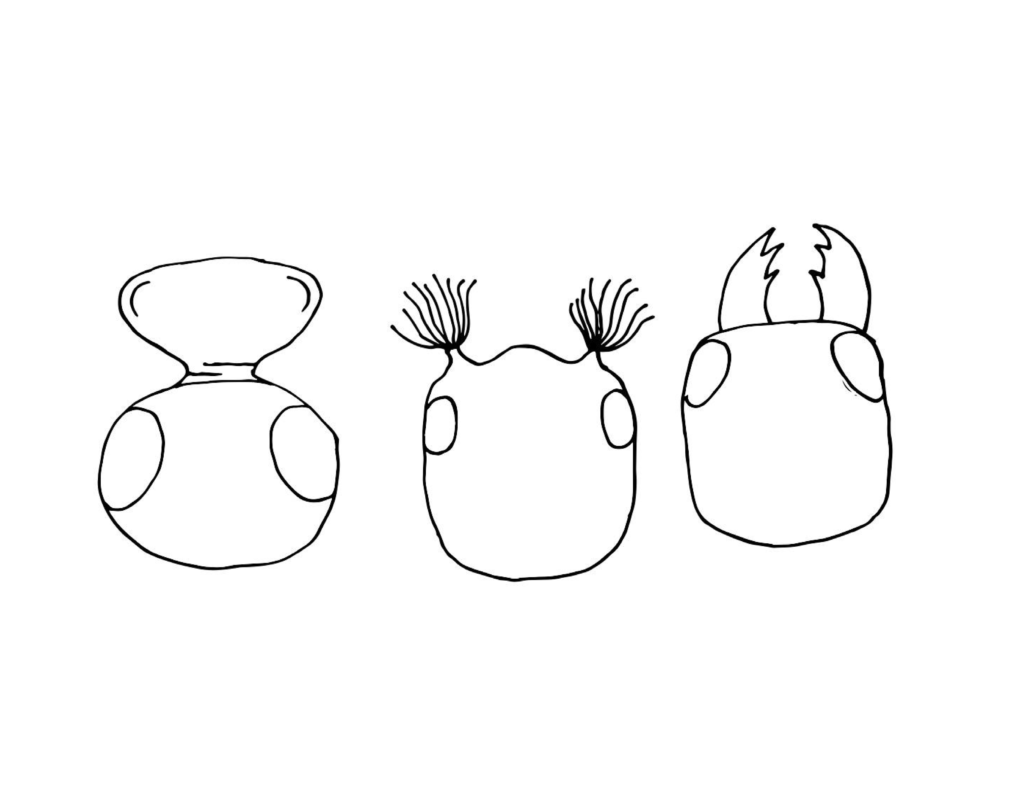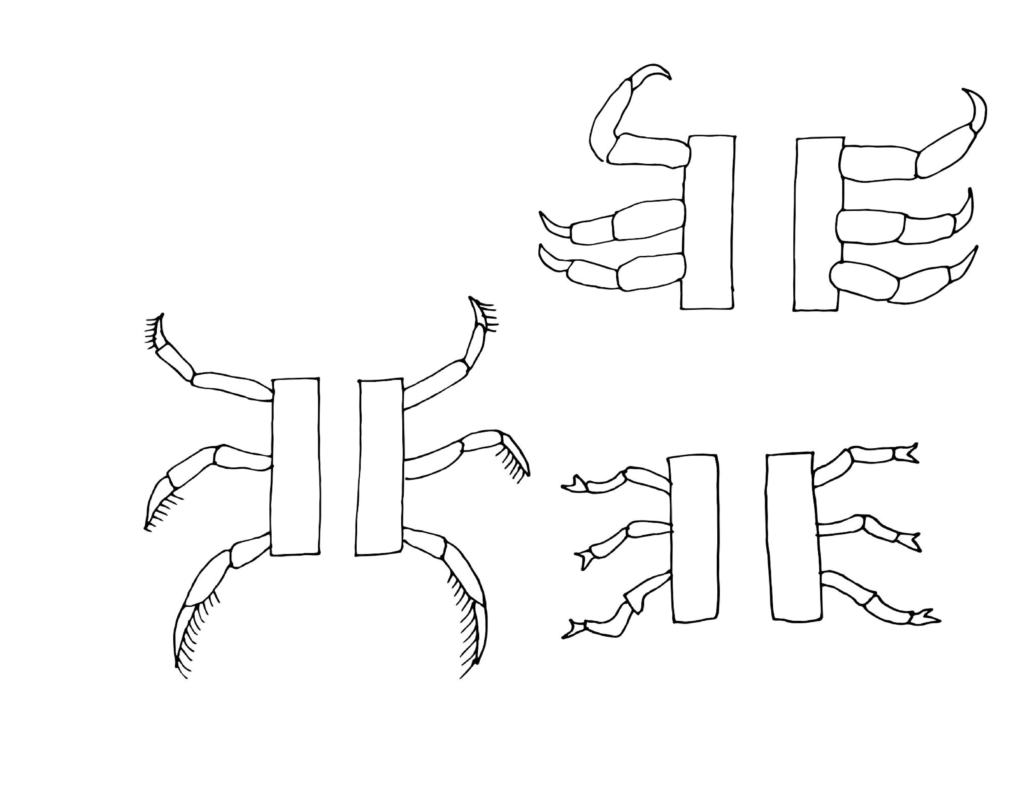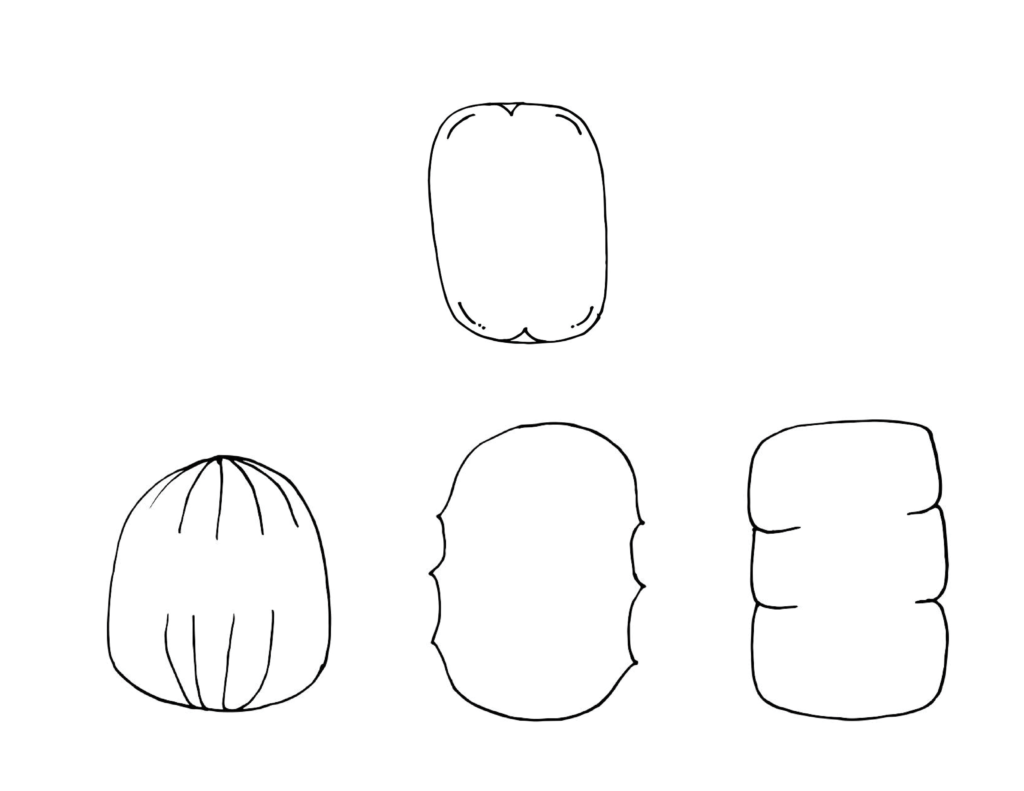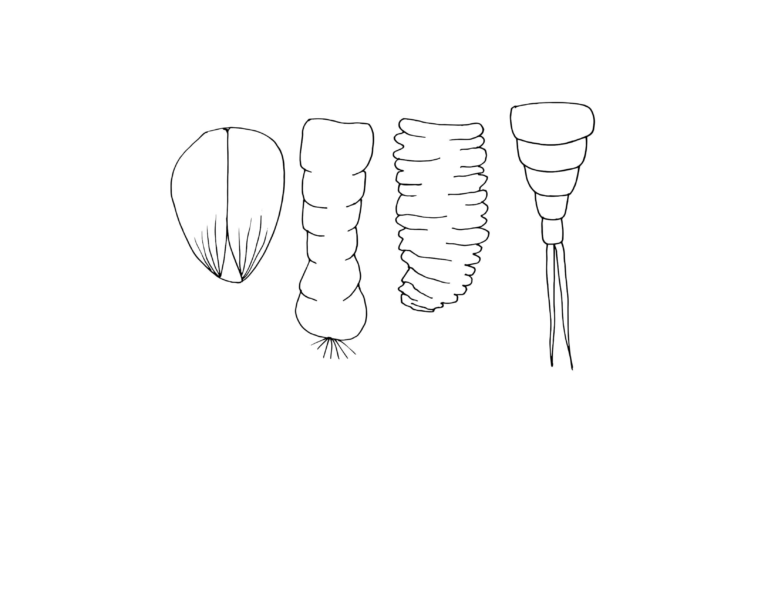Introduction:
Did you know that there are some insects that spend most of their lives underwater in streams, rivers, and lakes? These insects include ones you may have heard of like dragonflies and mosquitoes and maybe some ones you haven’t like caddisflies and mayflies. Aquatic insects start their lives as eggs in the water before hatching as baby insects (called larvae or nymphs). Aquatic insects will spend anywhere from a couple of months to a couple of years as growing larvae in the water before they are ready to leave as flying adults.
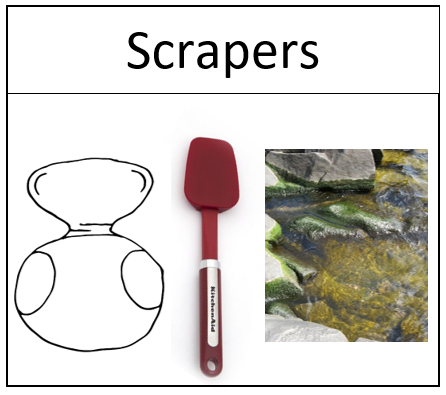
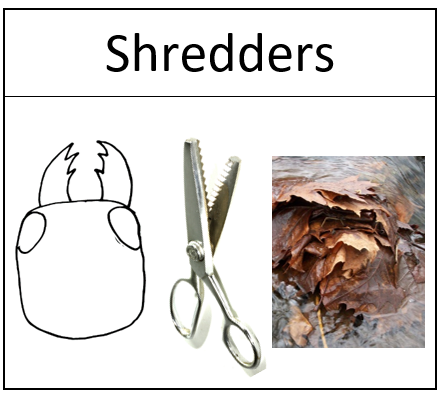
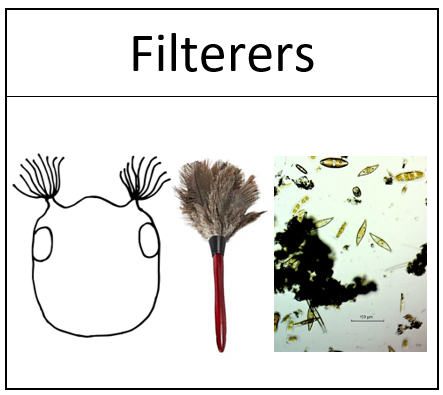
In this activity, you are going to be putting together insect body parts to build a bug. All insects share the same basic body parts: a head, a thorax, an abdomen and six legs. Not all insects, however, have legs as larvae. Some grow them later on. To put together your bug, choose a head, a thorax, an abdomen, and (if you want) six legs. Think about what your bug would eat based on the body parts you choose and how it will move through the water. Will your bug be a good swimmer or will it spend most of its life stuck in one place?
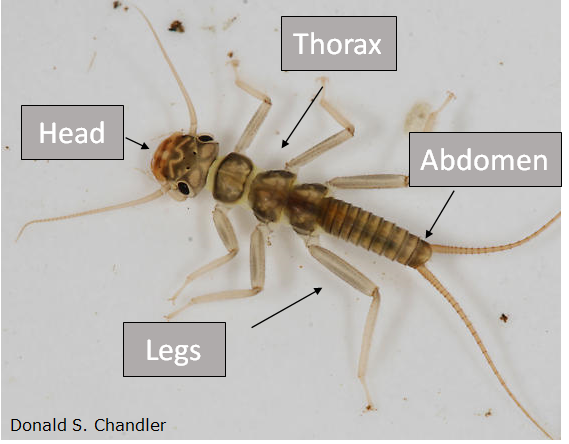
Time Required:
≈ 10-15 minutes
Materials Needed:
- Drawing Tools: markers, crayons, colored pencils, etc.
- Scissors
- Fasteners: brads, tape, glue, pipe cleaners, etc.
Optional Materials: A printer to print certificate & worksheet (PDF)
Activity Breakdown:
This activity is an easy, creative opportunity for students to “Build-a-Bug”! Using the templates provided below, students can create a “bug” of their own. The templates have several different options for body parts, and students can cut them out and assemble them any way they’d like. The bugs and body parts each represent different adaptations, (ex: different mouthpieces are suited for different food types). Students can put together the bugs with whatever is easiest. Anything from metal brads to glue will work.
Once the students have assembled and decorated their bugs, have them discuss environments in which their bug would thrive, based on the adaptations they have. Also discuss the types of food their bugs could eat. Finally, the students can fill out and decorate an “adoption certificate” for their bug! (also attached below).


